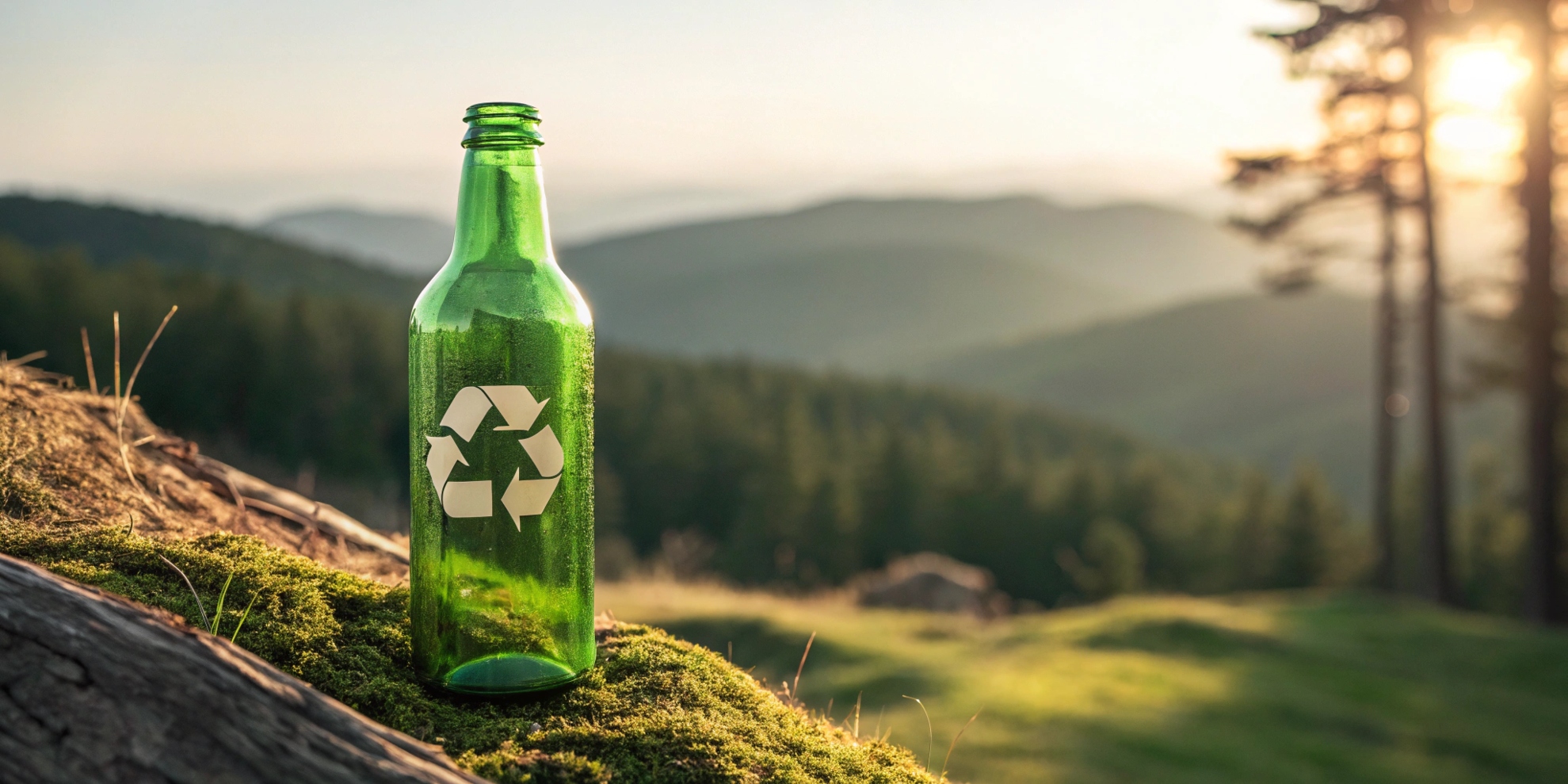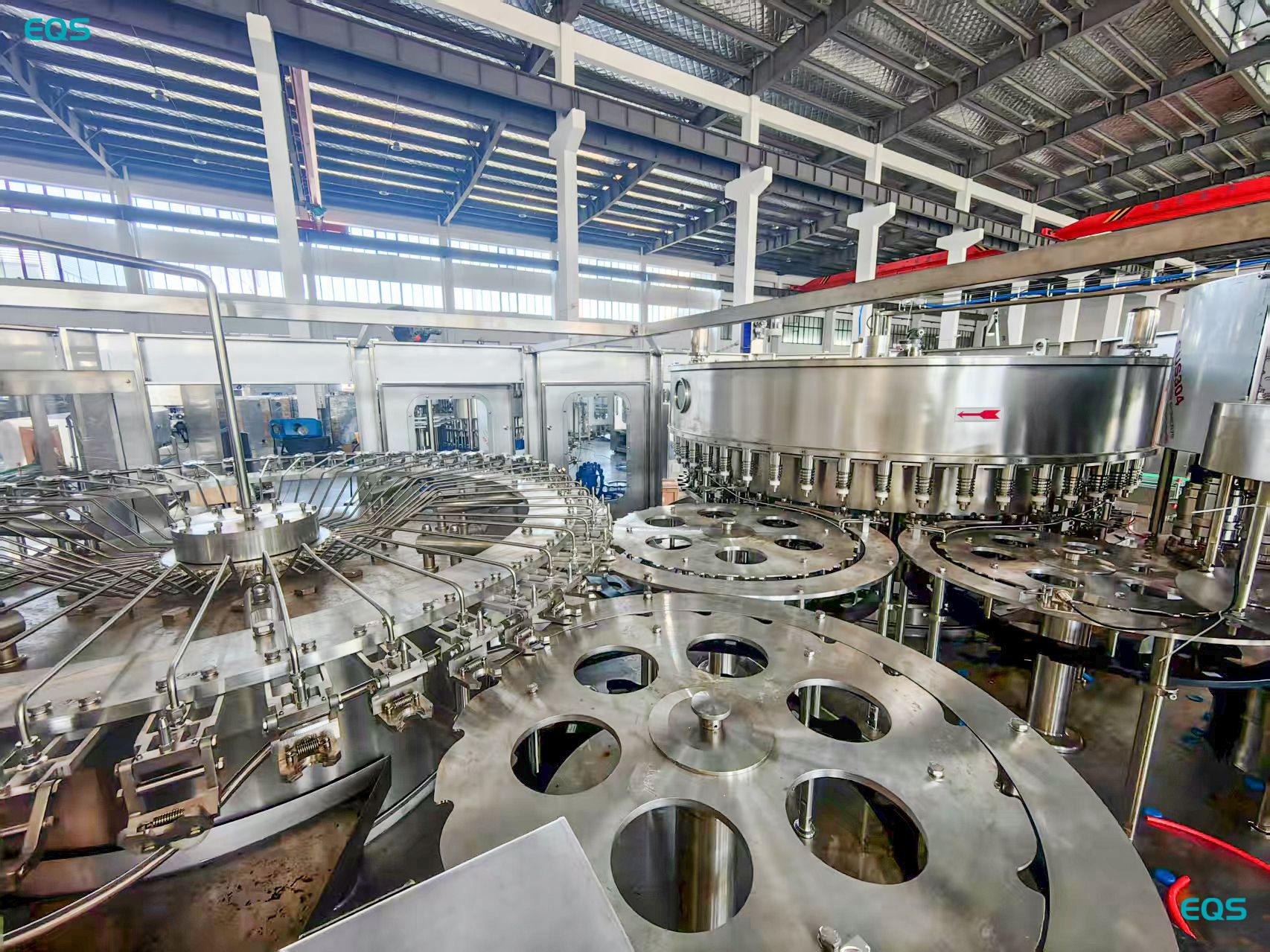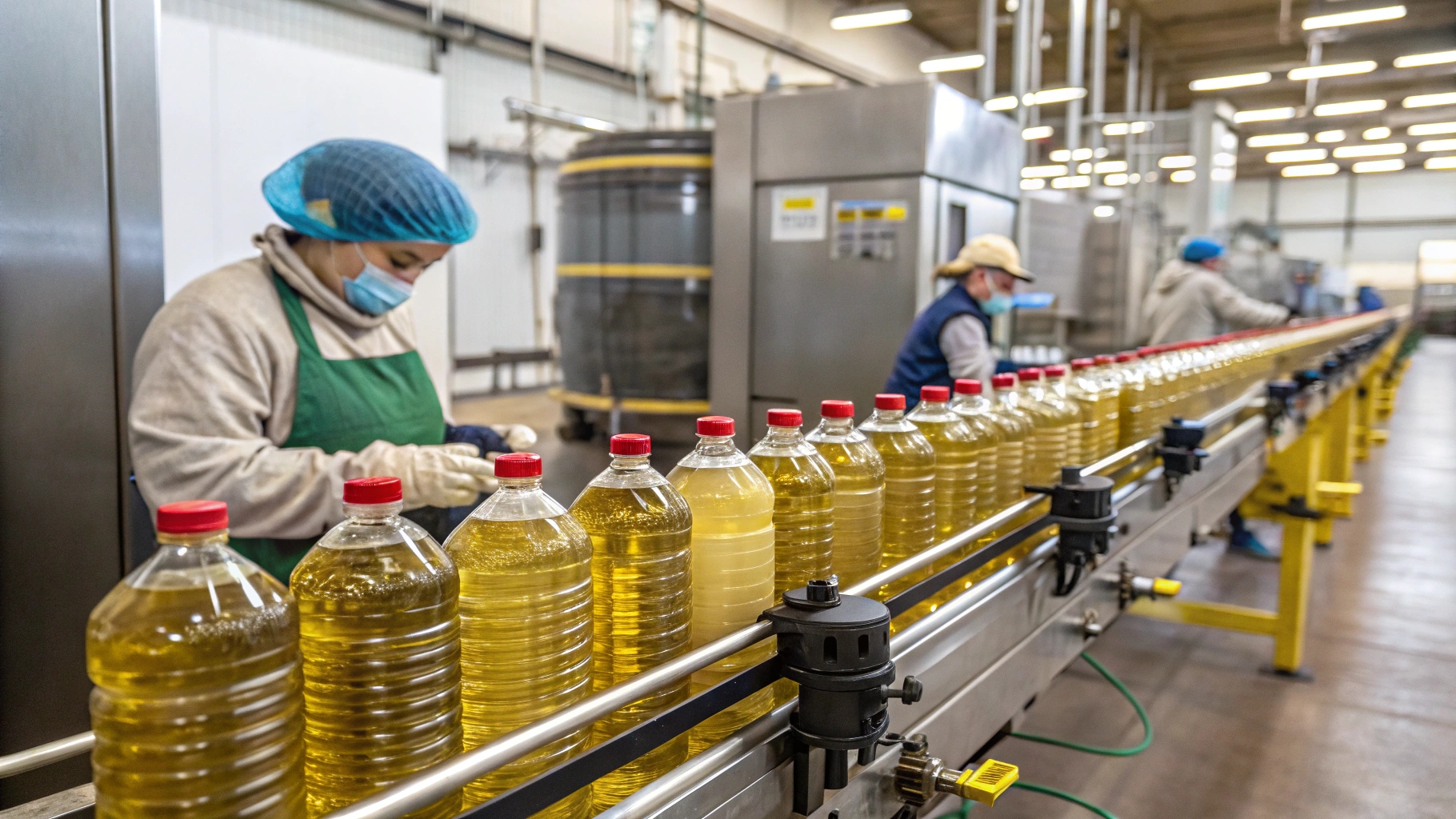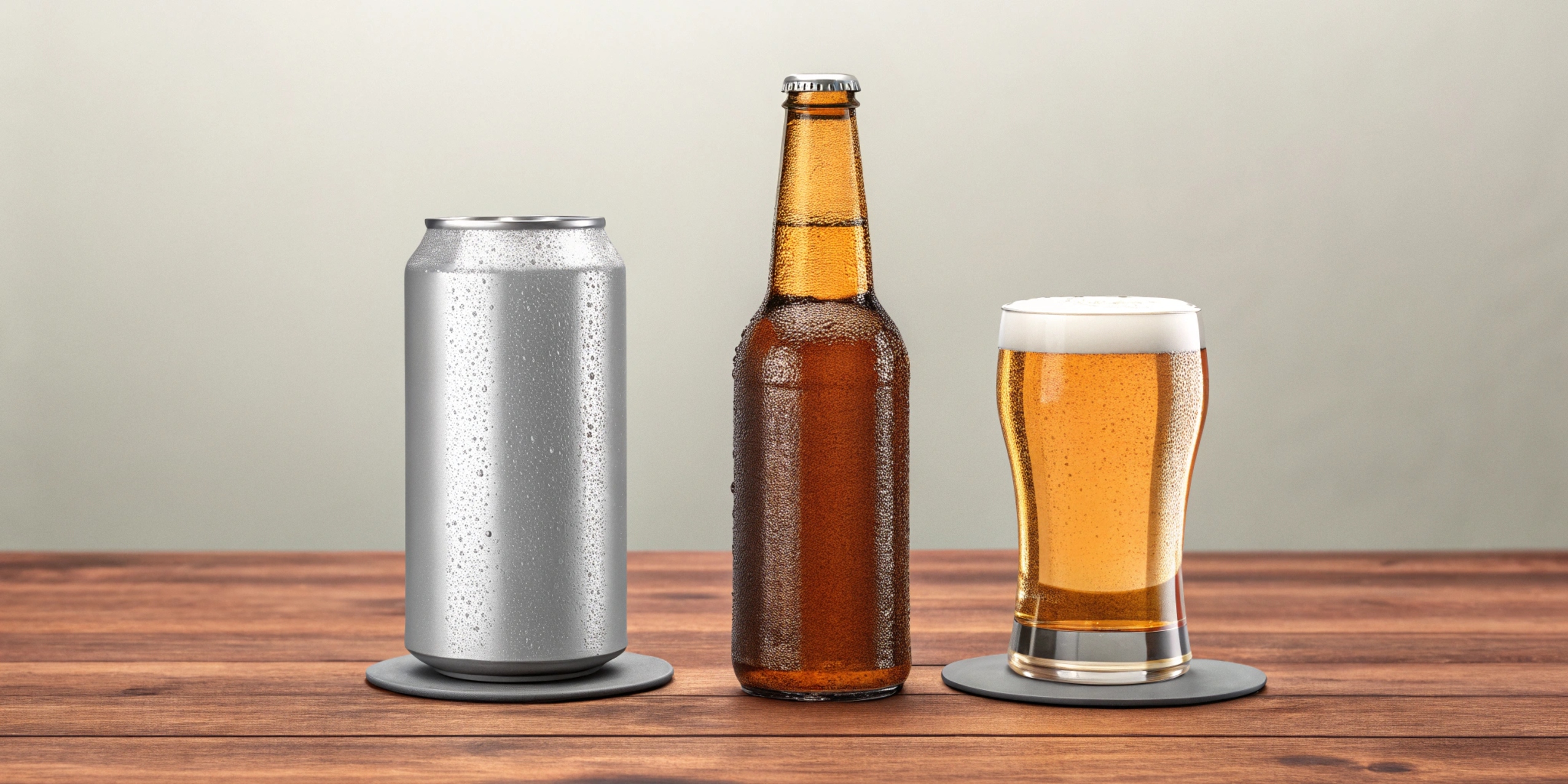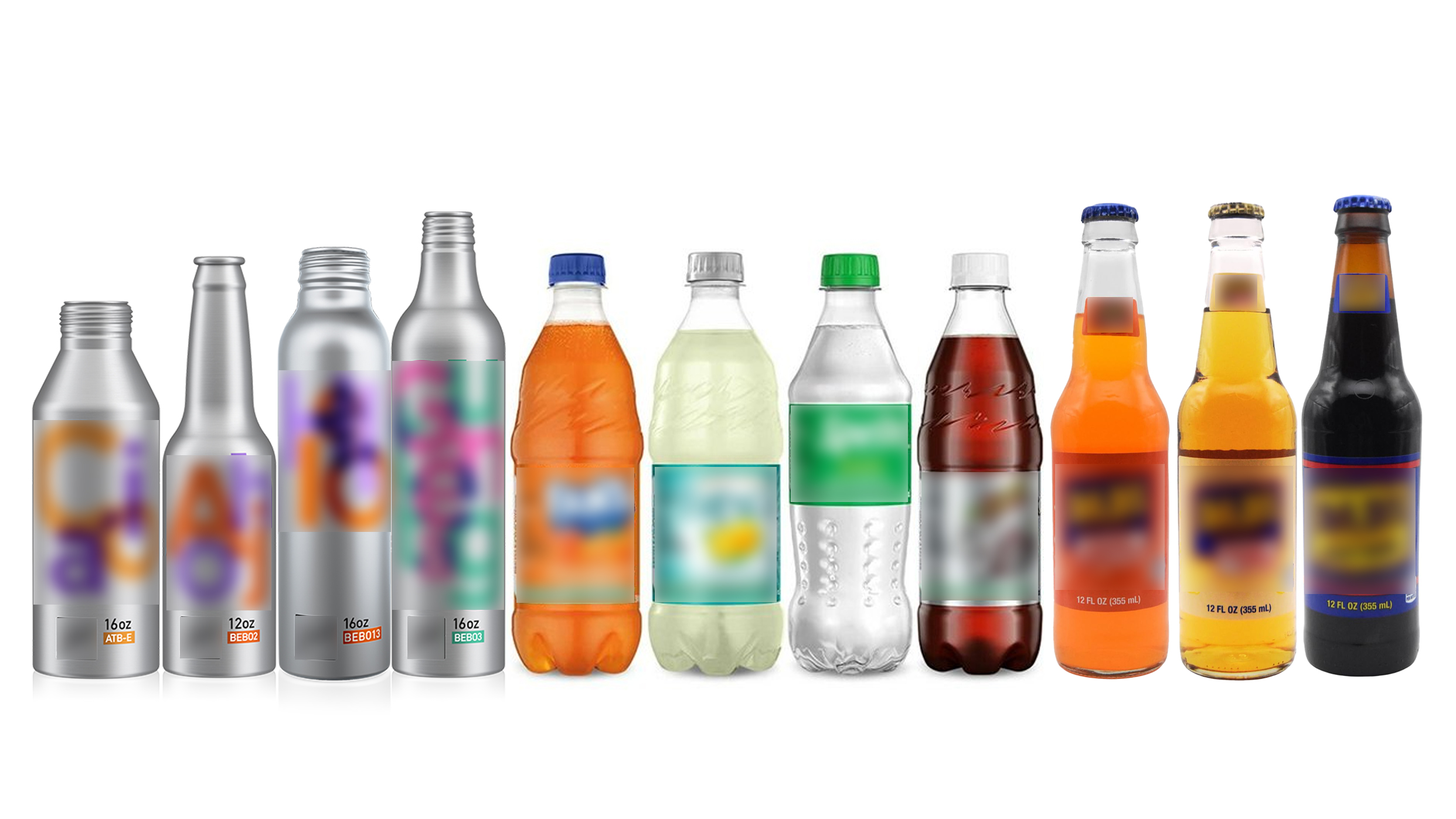Bottle Washer Alkaline Concentration and Temperature Settings
1. Selection of Alkaline Concentration
1.1 Composition of Cleaning Solution
The detergent in the alkaline tank typically consists of:
- Sodium hydroxide (NaOH)
- Cleaning-active substances
- Additives to prevent sediment
1.2 Selection of Detergent Concentration
The concentration should be determined based on:
- Degree of bottle contamination
- Label & adhesive properties
- Label attachment method (spot, line, full adhesion)
- Water hardness
- Bottle throughput per hour
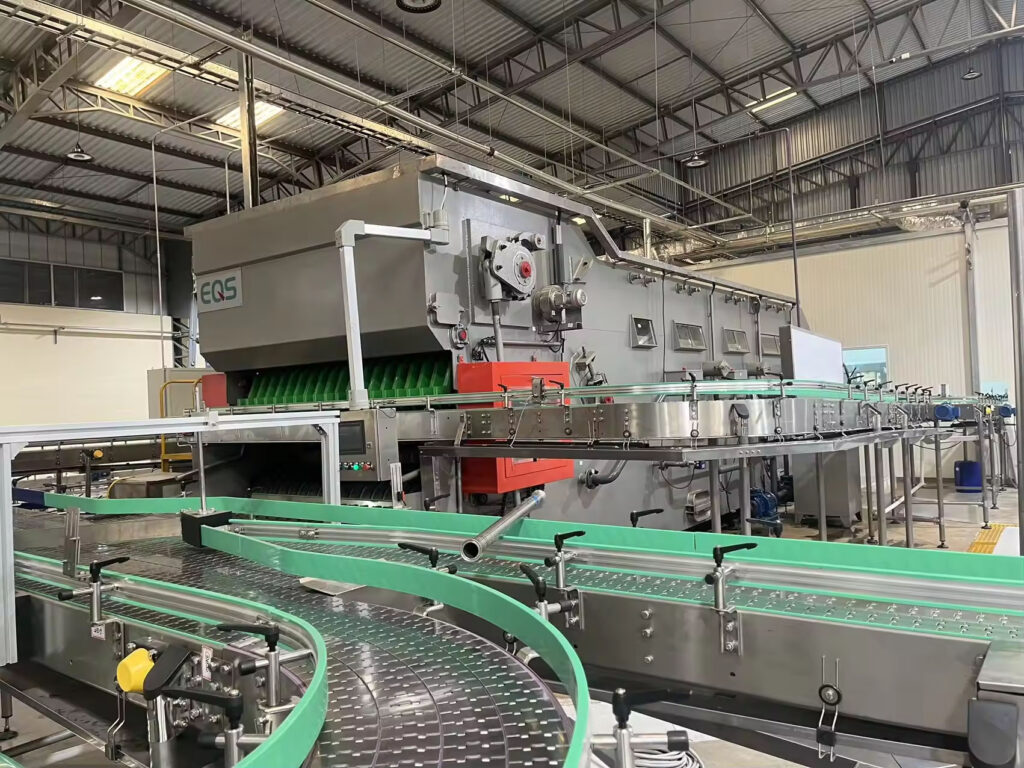
1.3 Standard NaOH Concentrations
- Alkaline Tank I: 1.5-2.5%
- Alkaline Tank II: 1.0-2.0%
Recommended Concentrations
| Bottle Type | Recommended NaOH Concentration |
|---|---|
| New bottles | 0.6 ± 0.3% |
| Clean recycled | 2.3 ± 0.5% |
| Dirty recycled | 2.5 ± 0.5% |
- Higher water hardness requires higher additive concentration (total additive: 0.2-0.5%)
- Due to carryover between tanks, the final alkaline tank should use minimal concentration
1.4 Alkali Dosing Guidelines
- Preheat to >50°C before adding alkali to avoid foaming
- Manual vs. automatic dosing:
- Manual: Follow the "frequent small doses" principle
- Automatic: Preferred for stable concentration control
- Dosing methods:
- Alkali Tank I: Solid NaOH via dosing hopper / liquid via feed port
- Alkali Tank II: Solid NaOH via label removal box
1.5 Tank Capacity
Refer to machine-specific technical parameters
2. Temperature Settings
2.1 Heating Process
- Steam & heating initiation:
- Open steam main valve (ensure stable 0.4 MPa pressure)
- Activate manual valves for alkaline, hot water, and warm water tanks
- At 50°C:
- Add detergent + additives (NaOH typically 1-2.5%)
- Avoid NaOH >5% to prevent label dissolution
- Optimal detergent characteristics:
- Effective sterilization & cleaning
- Low foam, non-toxic, cost-efficient
- At 60°C:
- Switch from manual to automatic temperature control (target ~82°C)
- Final checks before operation:
- Verify all tanks reach required temp & concentration
- Activate conveyors, pumps, and downstream alerts
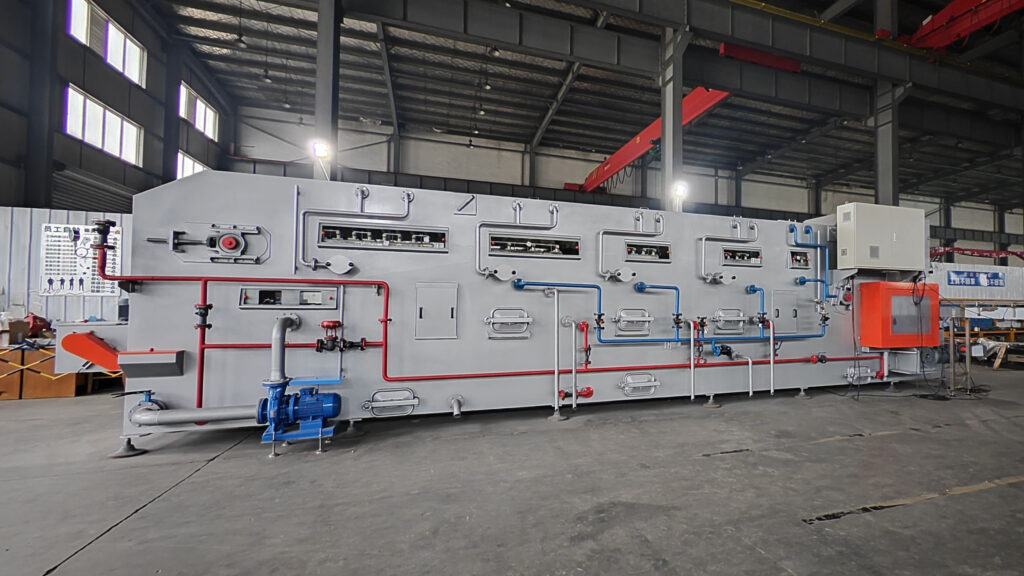
2.2 Key Notes
✔ Safety Guidelines:
- Fill tanks before heating
- Steam should only be supplied during pump operation
- Open valves gradually to prevent water hammer
✔ Temperature Control:
- For new bottles: ΔT ≤ 38°C between tanks
- For recycled bottles: ΔT ≤ 35°C to reduce breakage
- Observed deviation: ±3°C from displayed temperature
✔ Cleaning Efficiency:
- Higher temperatures enhance cleaning (especially critical for recycled bottles)
2.3 Operation Process
- When heating reaches 50°C:
- Start label removal system
- Activate all spray pumps (alkali spray, hot water spray, warm water spray, clean water spray)
- Begin main machine operation to circulate bottles and accelerate heating
- When Alkali Tank I reaches 60°C:
- Close bypass steam valve
- Switch to automatic temperature control
- Final checks:
- Confirm all tanks meet temperature and concentration requirements
- Start bottle feeding system
- Activate clean water spray pump
- Prepare discharge system and notify next process station
2.4 Special Considerations for Beer Bottles
- New bottles: Maximum temperature difference between tanks ≤38°C
- Recycled bottles: Maximum temperature difference ≤35°C
- Temperature is more critical than concentration for cleaning recycled bottles
- Practical temperature measurement shows ±3°C deviation from display
My name is Allen, and I'm an expert in filling machine technology at EQS (eqsfilling.com), a leading liquid packaging solution provider based in China. If you're looking for top-quality machines for your production line, feel free to reach out to me at [email protected]. We specialize in providing customizable solutions with cutting-edge technology.

